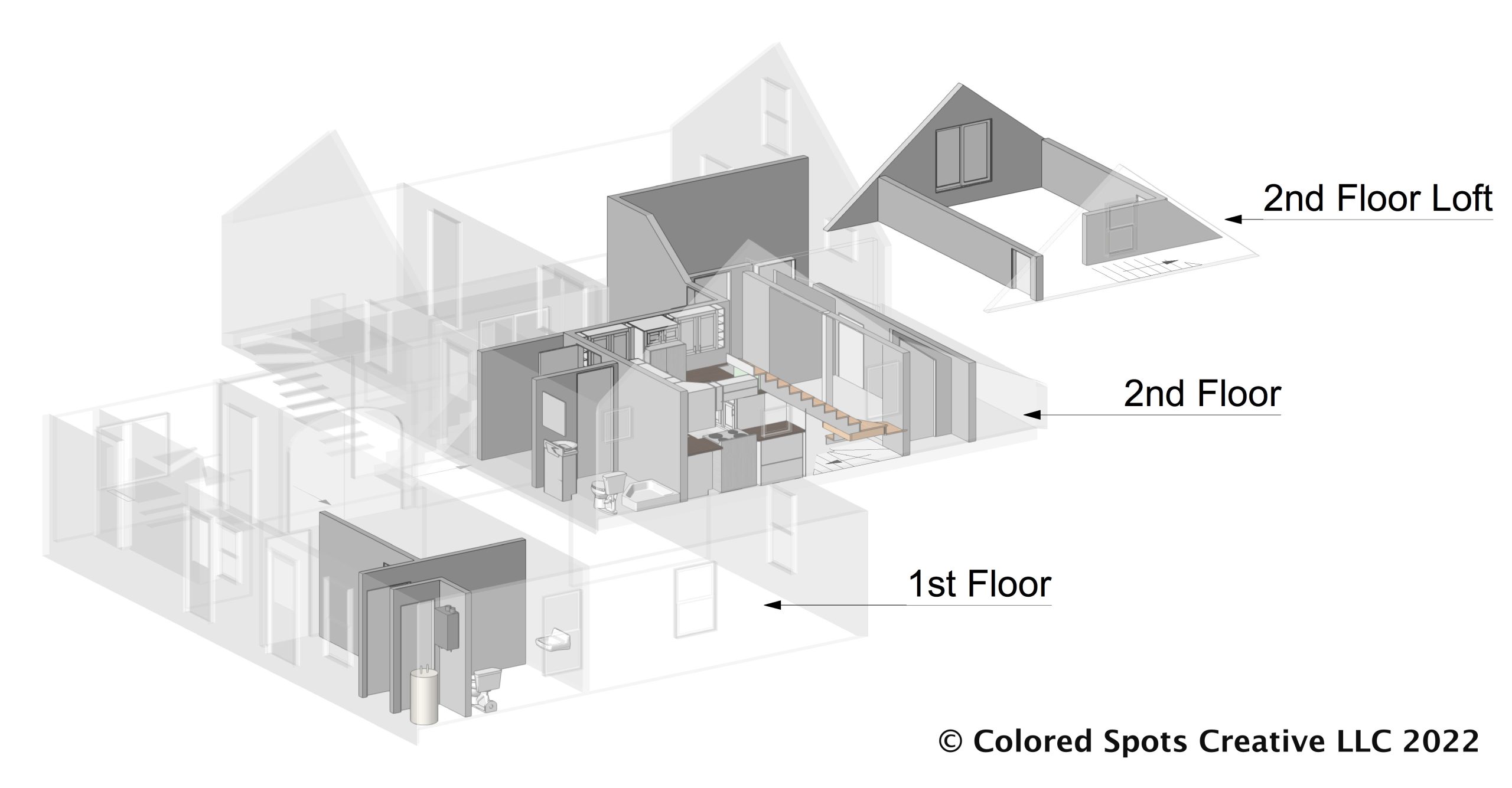The United States is in the middle of an affordable housing crisis. Since the 1970s, the cost of buying a home has gone up 500%. That's an average of 4% a year for the past 50 years. With inflation up an average of 7% per year, in that same time period, it's easy to see that buying a house is out of reach for the majority of earners. Additionally, higher labor and materials costs have compounded the overall affordability of new construction. This has made home builders and contractors tend to focus on more expensive housing in order to bring in higher profits. Accessory Dwelling Units (ADUs) are becoming a popular option for the affordable housing crisis. But are they the solution?
What is an Accessory Dwelling Unit (ADU)?
Accessory Dwelling Units (ADU) take advantage of underused space in an existing home or structure and either renovated or build out that space to accommodate an independent living area. Building on to or in existing structures can utilize existing infrastructure like sewer, water, and electricity. With these utilities already in place, there is a considerable saving vs new construction.
ADU’s can go by a number of different names: in-law apartment, add-on apartment, guest apartment, family apartment, granny-pod, etc. The most common attributes of ADUs are an entrance, exit, kitchen, bathroom, bedroom, and common area.
A common area is usually between the Accessory Dwelling Unit and the existing residence. Common areas would be spaces that anyone can access such as staircases, hallways, walkways, or garages. Having common areas is important for the consideration of access, storage, and parking. Many zoning laws require there to be a dedicated common area in order to qualify a space as an ADU.
ADUs are a unique opportunity to address a variety of housing needs and provide affordable housing options for family members, friends, students, the elderly, in-home health care providers, people with disabilities, and others.
Building Permits for ADUs
ADUs appear to be an easy and inexpensive way to quickly create additional housing options. While the state of Massachusetts dictates the general building code, cities, and towns have their own local zoning regulations. It’s important to check with your local municipality to see if ADUs are allowed. Cities and towns looking to grow and expand can make changes to their local building code that make it easier for existing homeowners to get a permit to build an ADU on their property.
If your city or town doesn’t allow ADUs you can contact your building inspector and share with them that Massachusetts has already done a number of case studies on Accessory Dwelling Units. You can show them the following studies on how ADUs can benefit a town or city.
Case Studies – Accessory Dwelling Units (ADU)
from Executive Office of Energy and Environmental Affairs
https://www.mass.gov/service-details/case-studies-accessory-dwelling-units-adu
[click on the link above to view in a separate window]
Smart Growth / Smart Energy Toolkit Modules – Accessory Dwelling Units (ADU)
from Executive Office of Energy and Environmental Affairs
https://www.mass.gov/service-details/smart-growth-smart-energy-toolkit-modules-accessory-dwelling-units-adu
[click on the link above to view in a separate window]

